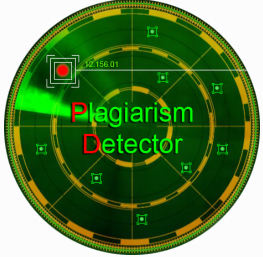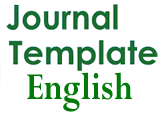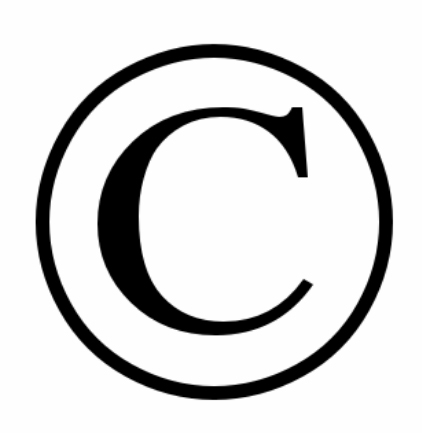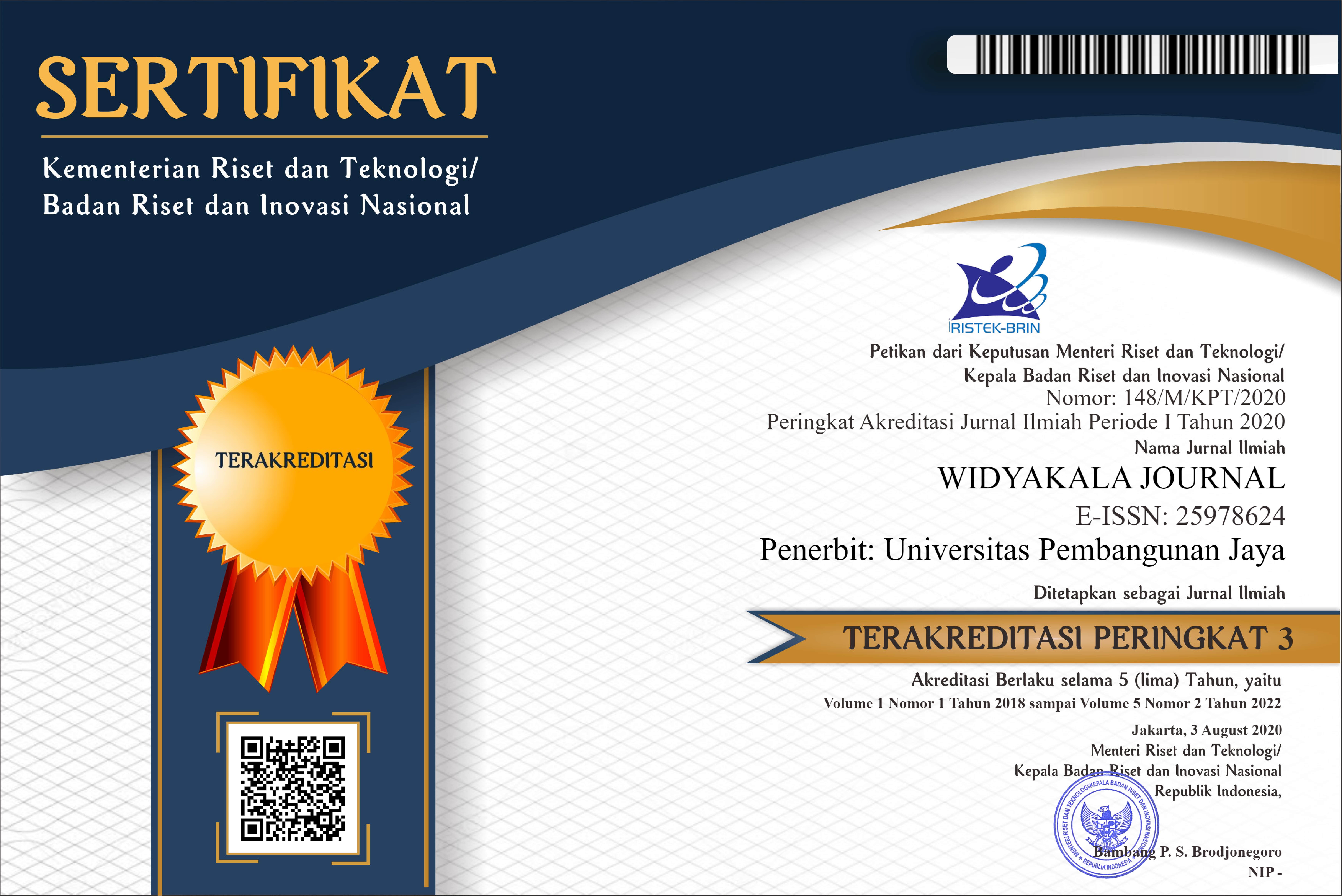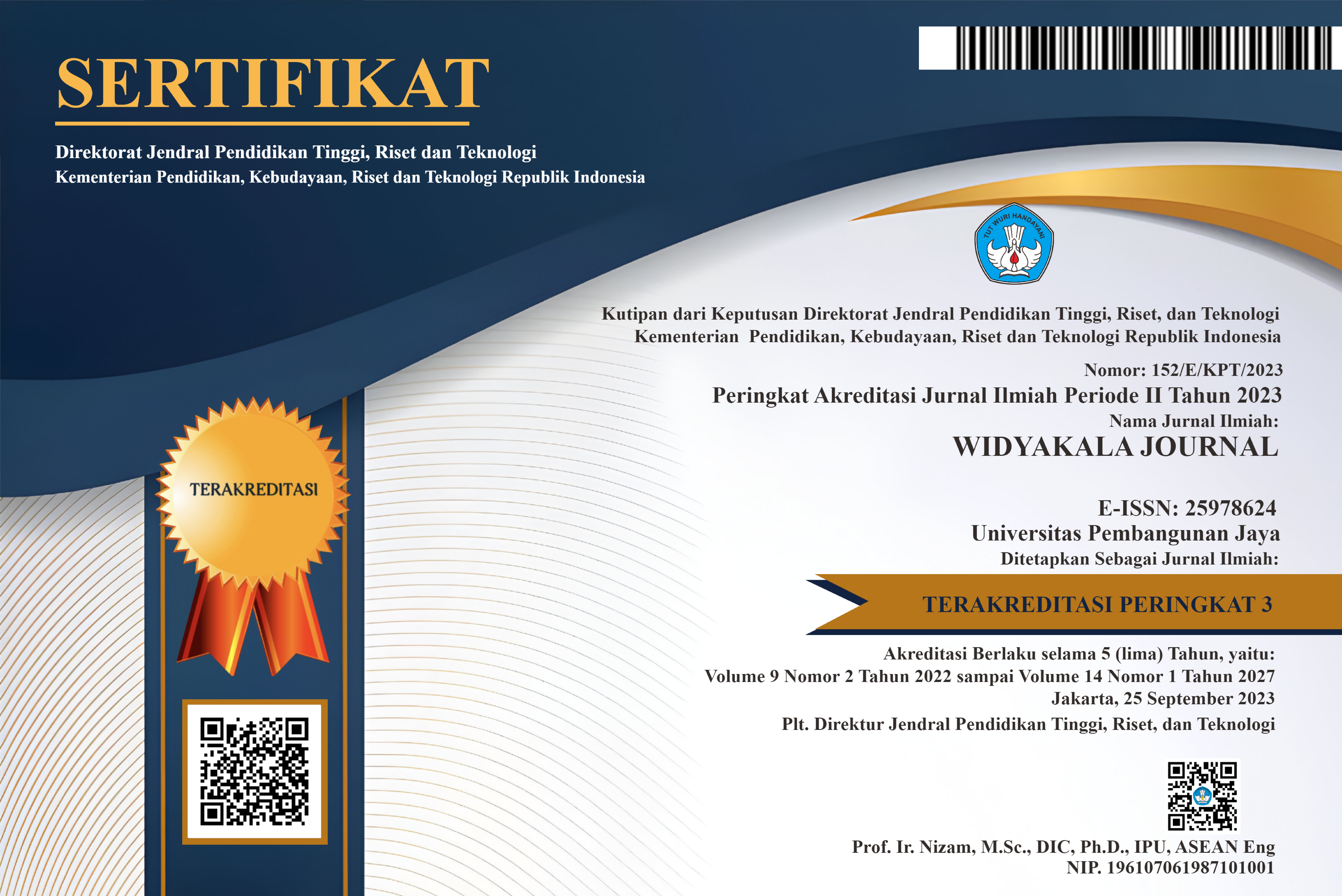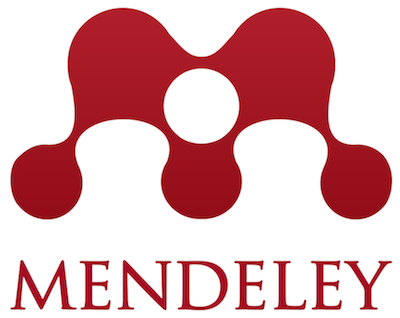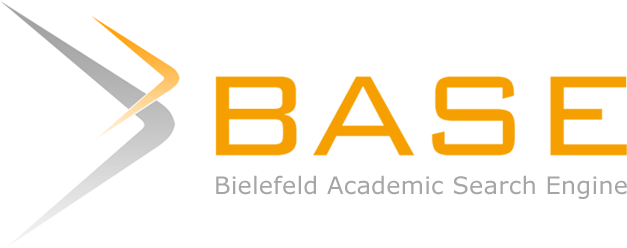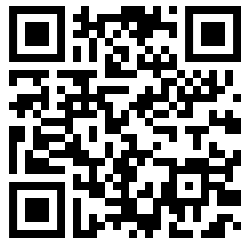Updated, March 2025
Designing Secondary Packaging for Skincare Products Using the Kansei Engineering Method
Abstract
Full Text:
PDFReferences
Abdullah, A. Pengaruh Daya Tarik Iklan dan Desain Kemasan terhadap Minat Beli Ulang Wardah Cosmetic dengan Brand Image sebagai Variabel Moderasi, UIN Alauddin Makassar, Makassar, Indonesia, Jurusan Manajemen, Fakultas Ekonomi dan Bisnis Islam, 2021.
Aprilia, I. R., Sari, N. P., Faizi, I., & Wati, R. (2023). Penerapan Metode PCA dalam Penentuan Konsep Desain Kemasan Sekunder untuk Produk X. Performa: Media Ilmiah Teknik Industri, 22(2), 136. https://doi.org/10.20961/performa.22.2.80739
Arianto, F. S., Wahyudi, N., & Herfan, D. (2022, December). Perancangan kemasan sekunder khusus promosi skincare Quickglam. In Proceeding Seminar Nasional Teknologi Cetak dan Media Kreatif (TETAMEKRAF) (Vol. 1, No. 2, pp. 165–173).
Auliaty, R., & Sukirman, S. U. (2023). Penyelesaian Program Linear Bilangan Fuzzy Segitiga dengan Metode Mehar. Indonesian Journal of Multidisciplinary on Social and Technology, 1(3), 232–237. https://doi.org/10.31004/ijmst.v1i3.177
Campbell, S., Greenwood, M., Prior, S., Shearer, T., Walkem, K., Young, S., Bywaters, D., & Walker, K. (2020). Purposive sampling: complex or simple? Research case examples. Journal of Research in Nursing, 25(8), 652–661. https://doi.org/10.1177/1744987120927206
Coghlan, A. (2014). A Little Book of R For Multivariate Analysis Release 0.1.
Djatna, T., & Kurniati, W. D. (2015). A System Analysis and Design for Packaging Design of Powder Shaped Fresheners Based on Kansei Engineering. Procedia Manufacturing, 4(Iess), 115–123. https://doi.org/10.1016/j.promfg.2015.11.021
Du, Y., Liu, X., Cai, M., & Park, K. (2024). A Product’s Kansei Appearance Design Method Based on Conditional-Controlled AI Image Generation. Sustainability (Switzerland), 16(20). https://doi.org/10.3390/su16208837
Faizi, I., & Sari, N. P. (2025). Integrasi Kansei Engineering dan Data Mining dengan Particle Swarm Optimization pada K-Means untuk Penentuan Konsep Desain Kemasan Dodol. 5(1), 1–16.
Fayazi, A., Lee, K., Caverlee, J., & Squicciarini, A. (2015). Uncovering crowdsourced manipulation of online reviews. SIGIR 2015 - Proceedings of the 38th International ACM SIGIR Conference on Research and Development in Information Retrieval, 233–242. https://doi.org/10.1145/2766462.2767742
Fu, L., Lei, Y., Zhu, L., Yan, Y., & Lv, J. (2024). Integrating Kansei Engineering with Hesitant Fuzzy Quality Function Deployment for Rosewood Furniture Design. BioResources, 19(3).
Fungki Wahyu, & Billy Hendrik. (2023). Perbandingan Algoritma Time Series Dan Fuzzy Inference System Dalam Analisis Data Deret Waktu. Jurnal Penelitian Teknologi Informasi Dan Sains, 1(3), 16–24. https://doi.org/10.54066/jptis.v1i3.711
Ghiffari, M. A. (2018). Kansei Engineering Modelling for Packaging Design Chocolate Bar. SEAS (Sustainable Environment Agricultural Science), 2(1), 10. https://doi.org/10.22225/seas.2.1.539.10-17
Hartono, M. (2020). Kansei Mining-based in Services sebagai Alternatif Pengembangan Metodologi Affective Design. KELUWIH: Jurnal Sains Dan Teknologi, 1(1), 63–68. https://doi.org/10.24123/saintek.v1i1.2817
Johan, V. S., Riftyan, E., & Khairany, S. (2024). Enhancing Consumer Engagement through Kansei Engineering: A Novel Approach to Sago Rice Packaging Design. Industria: Jurnal Teknologi Dan Manajemen Agroindustri, 13(1), 36–53. https://doi.org/10.21776/ub.industria.2024.013.01.3
Lei, Y., Fu, L., Zhu, L., & Lv, J. (2024). Wooden Furniture Design Based on Physiological-Psychological Measurement Technology and Kansei Engineering: Taking Ming-style Chair as an Example. BioResources, 19(3).
Nasution, H. S., Jayadi, A., & Rikendry, R. (2022). Implementasi Metode Fuzzy Logic Untuk Sistem Pengereman Robot Mobile Berdasarkan Jarak Dan Kecepatan. Jurnal Teknik Dan Sistem Komputer, 3(1), 15–24. https://doi.org/10.33365/jtikom.v3i1.1634
Nawiyah, N., Kaemong, R. C., Ilham, M. A., & Muhammad, F. (2023). Penyebab Pengaruhnya Pertumbuhan Pasar Indonesia Terhadap Produk Skin Care Lokal Pada Tahun 2022. ARMADA : Jurnal Penelitian Multidisiplin, 1(12), 1390–1396. https://doi.org/10.55681/armada.v1i12.1060
Rahmayani, N., & Desrianty, A. (2015). Rancangan kemasan bedak tabur (loose powder) dengan menggunakan metode Kansei Engineering. Jurnal Online Institut Teknologi Nasional, Oktober.
Rizky, R. robby, & Hakim, Z. (2020). Implementasi Metode Fuzzy Sugeno Untuk Sistem Pengukuran Kualitas Udara Di Kota Pandeglang Berbasis Internet Of Things (IOT). Syntax : Jurnal Informatika, 9(1), 15–25. https://doi.org/10.35706/syji.v9i1.3439
Rohmah, N. A., Ranti, G., & Nendissa, B. C. H. (2020). Pengembangan Produk Kosmetik Pelembab Wajah dengan Metode Kansei Engineering. Jurnal IPTEK, 4(1), 21–26. https://doi.org/10.31543/jii.v4i1.157
Sari, Purnama, N. (2019). Perencanaan dan Pengembangan Kemasan: Kansei Engineering. PNJ Presss.
Sari, N. P., Immanuel, J., & Cahyani, A. (2020). Aplikasi Kansei Engineering Dan Fuzzy Analytical Hierarchical Process Dalam Pengembangan Desain Kemasan. Journal Printing and Packaging, 1, 9–21. http://jurnal.pnj.ac.id/index.php/ppt/article/view/2469/0
Sari, N. P., Indriany, D. F., Yunisyah, F., & Nabilla, N. (2025). Element Extraction in Packaging Design of Cireng Rujak X with Kansei Engineering Method. 17(1).
Sari, N. P., Muzaki, V. A., Sa’adah, L., & Rachka, R. M. (2022). Perancangan dan pengembangan kemasan dengan Metode Kansei Engineering. In SEMINAR NASIONAL TEKNOLOGI CETAK DAN MEDIA KREATIF (Vol. 1, No. 1, pp. 52-59).
Sari, N. P., Zulkarnain, Z., Muzaki, V. A., & Meilani, Y. D. (2024). Implementasi kansei engineering dalam pengembangan kemasan minuman kopi ready to drink. Agrointek, 18(1), 200–209. https://doi.org/10.21107/agrointek.v18i1.12443
Wang, D., Wei, H., & Bai, B. (2021). Teaching Design and Implementation Based on R Language under the Background of Big Data. 2021 IEEE 2nd International Conference on Big Data, Artificial Intelligence and Internet of Things Engineering, ICBAIE 2021, Icbaie, 49–52. https://doi.org/10.1109/ICBAIE52039.2021.9390011
Widiati, A. (2019). 40670-75676624036-1-PB (9). Jurnal Audit Dan Akuntansi Fakultas Ekonomi Dan Bisnis Universitas Tanjungpura, Vol. 8, 67–76.
DOI: https://doi.org/10.36262/widyakala.v12i2.1198
Refbacks
- There are currently no refbacks.
Copyright (c) 2025 WIDYAKALA JOURNAL : JOURNAL OF PEMBANGUNAN JAYA UNIVERSITY

This work is licensed under a Creative Commons Attribution-ShareAlike 4.0 International License.
Redaksi Jurnal Widyakala
Lembaga Penelitian dan Pengabdian Kepada Masyarakat (LP2M)
Universitas Pembangunan Jaya
Jalan Cendrawasih Raya Blok B7/P, Sawah Baru, Ciputat, 15413
Telp : 021-7455555 ext 1311
widyakala.journal@upj.ac.id

